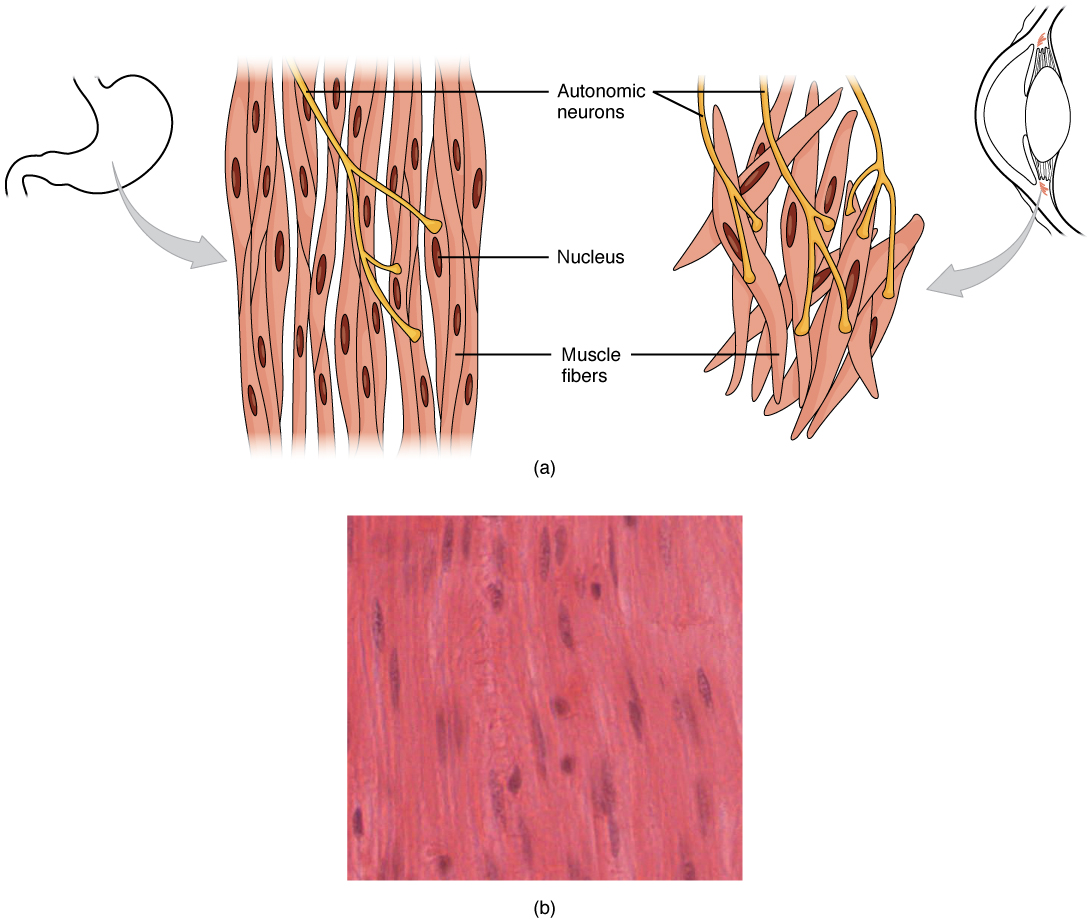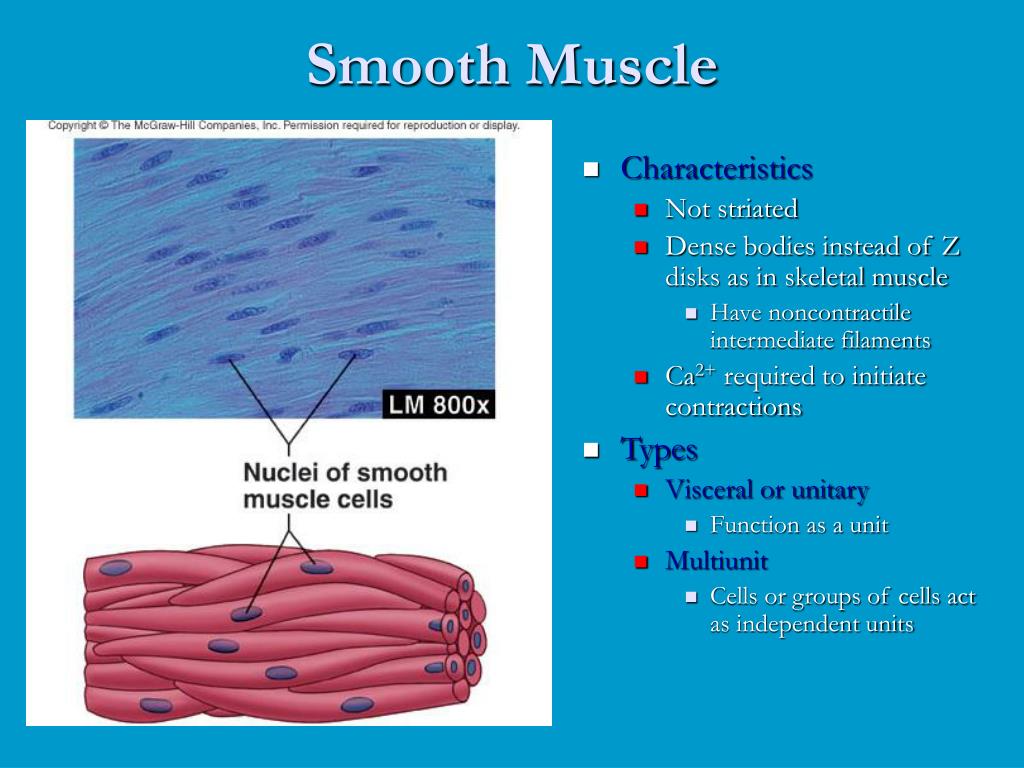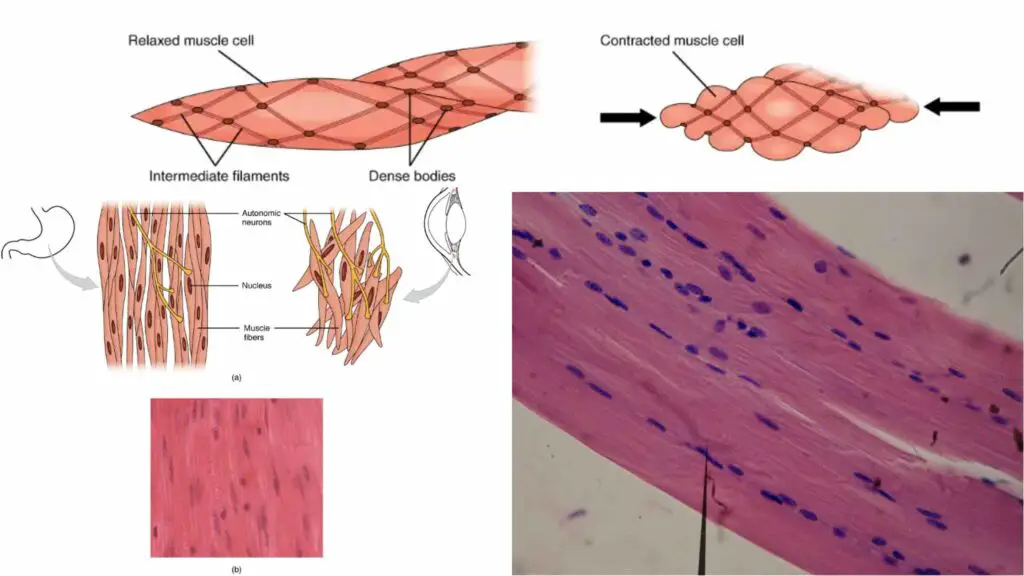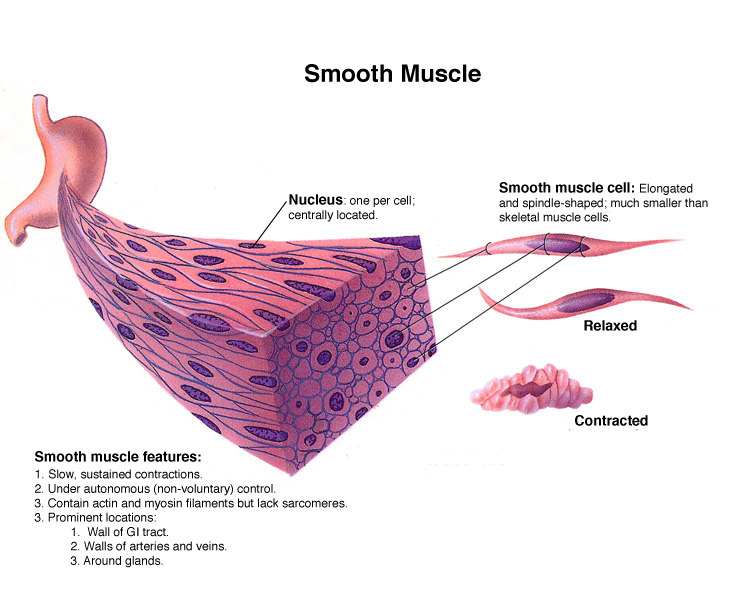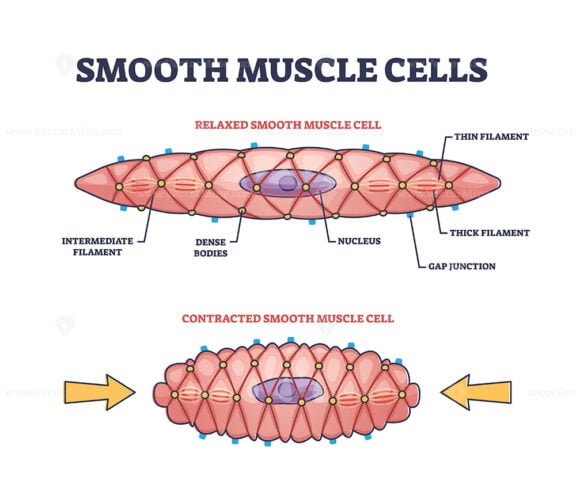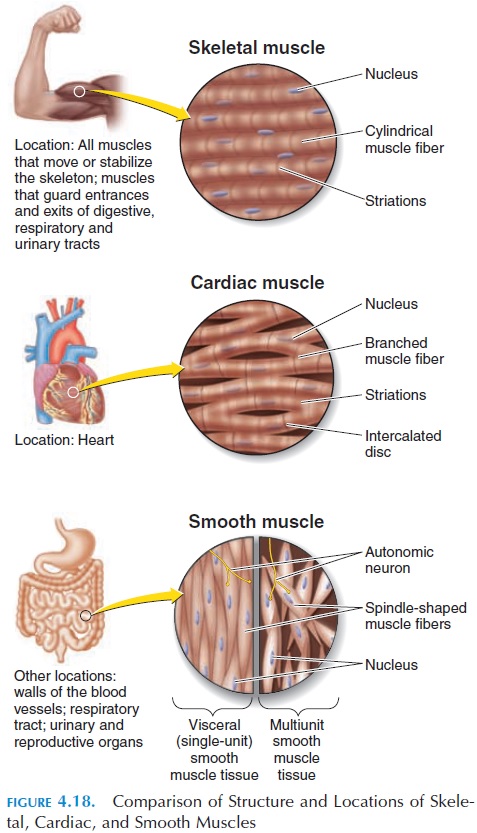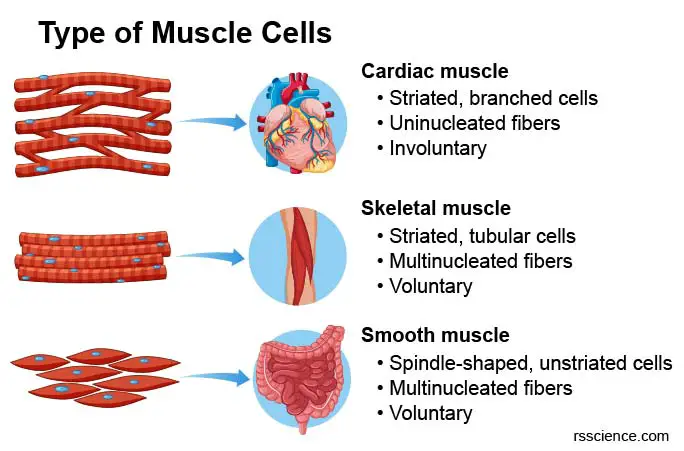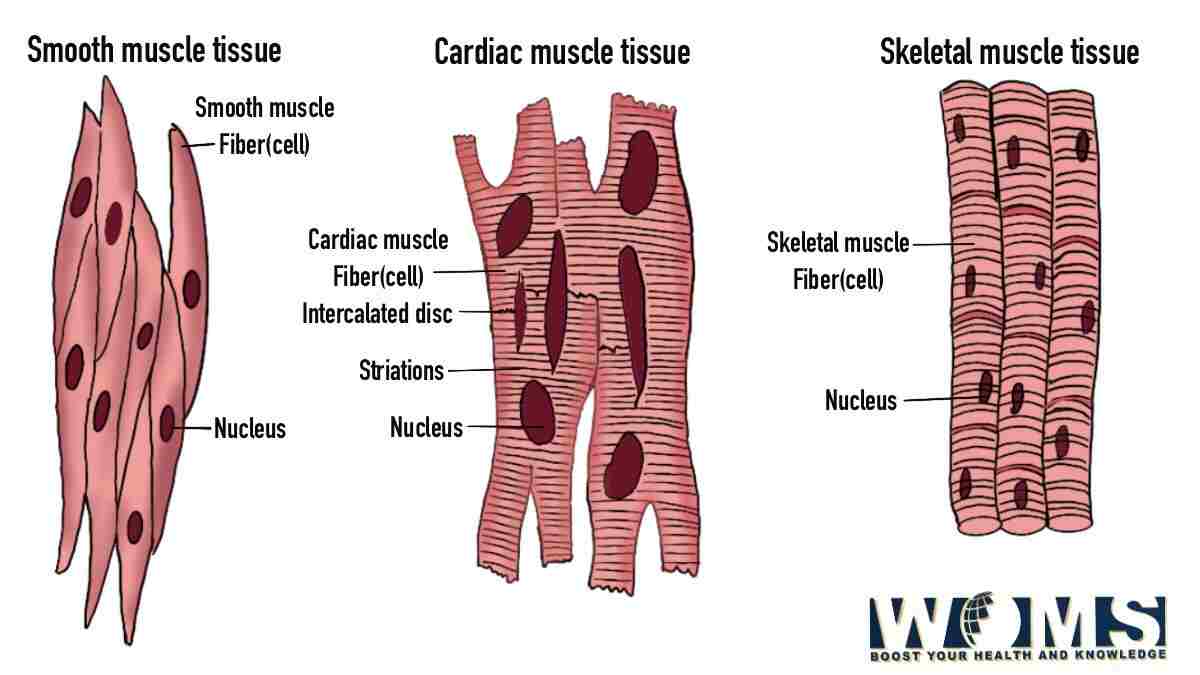Which Of The Following Structures Does Not Contain Smooth Muscle
:watermark(/images/watermark_5000_10percent.png,0,0,0):watermark(/images/logo_url.png,-10,-10,0):format(jpeg)/images/overview_image/1951/hAji9x7UR1SrWXVI9xqW3A_histology-smooth-muscle_english.png)
The human body, a marvel of biological engineering, relies on a complex interplay of tissues and organs to function seamlessly. Understanding the intricacies of these systems is crucial not only for medical professionals but also for anyone interested in maintaining optimal health.
One fundamental aspect of this understanding involves differentiating between various tissue types, particularly when it comes to muscle tissue and its diverse roles throughout the body.
The Question of Smooth Muscle: Identifying Where It's Absent
The question “Which of the following structures does not contain smooth muscle?” is a common query in anatomy and physiology. Addressing it requires a clear understanding of where smooth muscle is typically found and what functions it performs in those locations. This knowledge is essential for diagnosing and treating a wide range of medical conditions.
The following article will provide a detailed examination of smooth muscle's distribution in the body and pinpoint the structures where it is conspicuously absent.
Understanding Smooth Muscle
Smooth muscle, also known as involuntary muscle, is one of the three major types of muscle tissue found in the human body. Unlike skeletal muscle, which is responsible for voluntary movements, smooth muscle operates autonomously, controlled by the autonomic nervous system.
Its primary function involves regulating the internal environment by controlling the contraction and relaxation of various organs and vessels. Its widespread distribution allows it to influence a multitude of physiological processes, from digestion to blood pressure regulation.
Structures Containing Smooth Muscle
Smooth muscle is a key component of several vital organs and systems. The walls of blood vessels, for example, are heavily reliant on smooth muscle. The presence of smooth muscle allows arteries and veins to constrict or dilate, controlling blood flow and blood pressure.
The gastrointestinal tract also incorporates smooth muscle. Smooth muscle contractions are crucial for peristalsis, the wave-like movement that pushes food through the digestive system.
Furthermore, the urinary bladder relies on smooth muscle. Detrusor muscle, a type of smooth muscle, contracts to expel urine from the bladder during urination.
The uterus, particularly significant in females, contains a substantial layer of smooth muscle known as the myometrium. During pregnancy, the myometrium undergoes significant growth and contraction, playing a critical role in childbirth.
Even the iris of the eye contains smooth muscle that regulates pupil size in response to changes in light intensity.
Where Smooth Muscle Is Notably Absent
While smooth muscle has a broad distribution, there are certain structures in the human body that do not contain it. Perhaps the most obvious example is skeletal muscle itself.
Skeletal muscle, responsible for voluntary movements such as walking, lifting, and running, is composed of a completely different type of muscle tissue.
Another structure devoid of smooth muscle is bone. Bones provide the structural framework for the body and do not require the contractile properties of smooth muscle.
While cartilage provides support and cushioning in joints and other areas, it also lacks smooth muscle. It's composed of specialized cells called chondrocytes embedded in an extracellular matrix.
Similarly, the epidermis, the outermost layer of the skin, does not contain smooth muscle. Its primary function is to protect the underlying tissues from the external environment.
While the dermis, the layer beneath the epidermis, does contain some smooth muscle associated with hair follicles (arrector pili muscles), the epidermis itself is devoid of this tissue.
Distinguishing Between Muscle Types: A Summary
To recap, smooth muscle is present in various organs, including blood vessels, the gastrointestinal tract, the urinary bladder, the uterus, and the iris of the eye.
However, it is absent in structures such as skeletal muscle, bone, cartilage, and the epidermis.
Understanding this distinction is crucial for comprehending the different functions and regulatory mechanisms of the human body.
Clinical Significance and Future Directions
The presence or absence of smooth muscle can have significant clinical implications. Diseases affecting smooth muscle can lead to conditions such as hypertension (high blood pressure), irritable bowel syndrome, and urinary incontinence.
Conversely, understanding the absence of smooth muscle in certain tissues is essential for correctly diagnosing other conditions that may mimic smooth muscle disorders.
Future research will likely focus on developing more targeted therapies for smooth muscle disorders. Improved understanding of the genetic and molecular mechanisms that regulate smooth muscle contraction and relaxation could lead to more effective treatments.
Furthermore, advances in tissue engineering may one day allow for the creation of artificial smooth muscle tissue to repair or replace damaged organs.
Conclusion
Identifying which structures contain and do not contain smooth muscle is fundamental to understanding human physiology and pathology. The widespread distribution of smooth muscle underscores its importance in maintaining homeostasis and regulating various bodily functions.
By mastering this knowledge, healthcare professionals can better diagnose and treat a wide range of conditions affecting smooth muscle tissue. Continued research promises to further enhance our understanding and improve the treatment of these disorders, offering hope for patients suffering from smooth muscle-related ailments.


